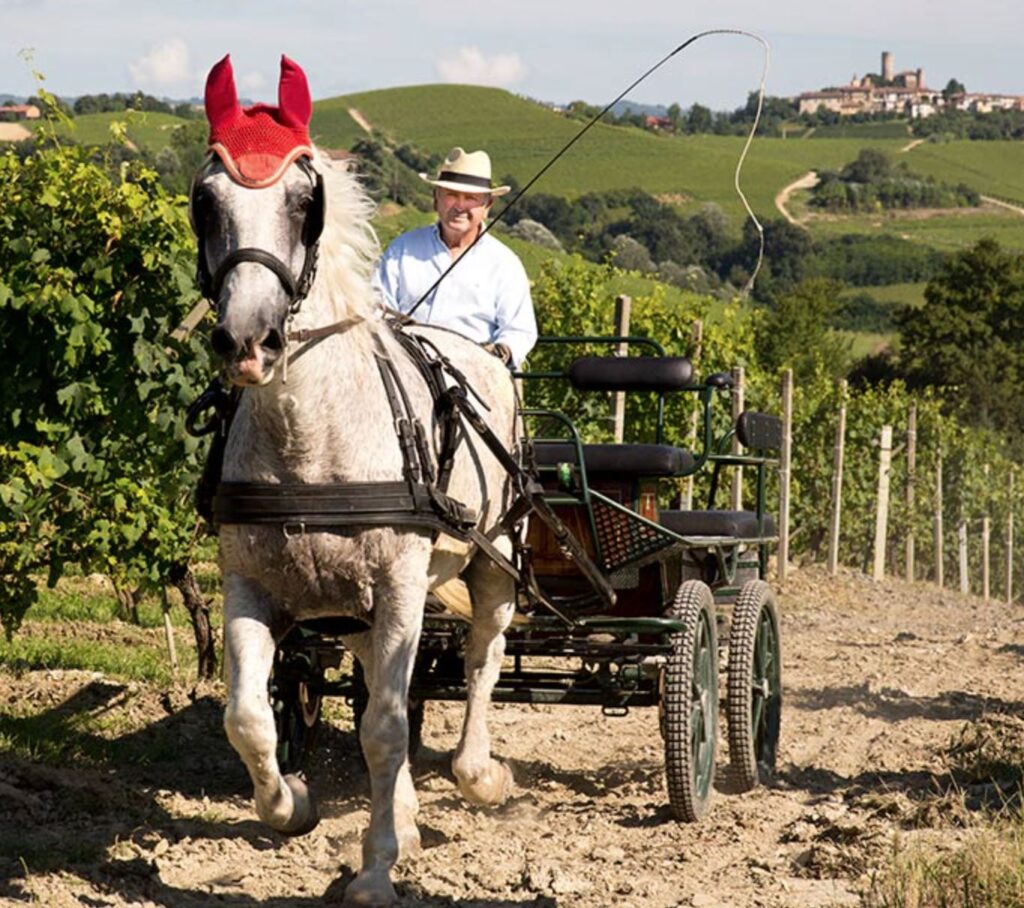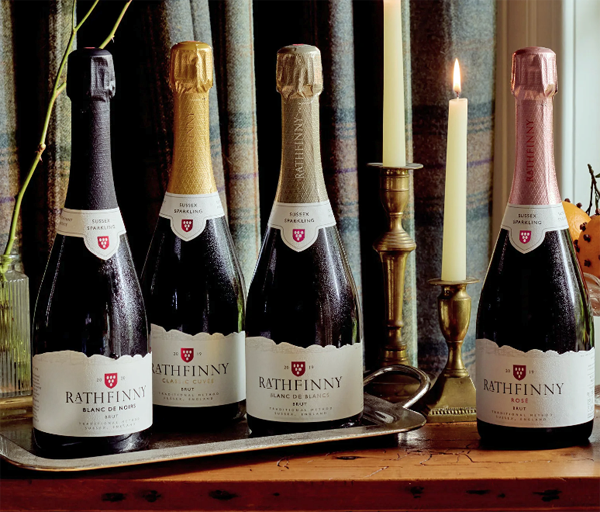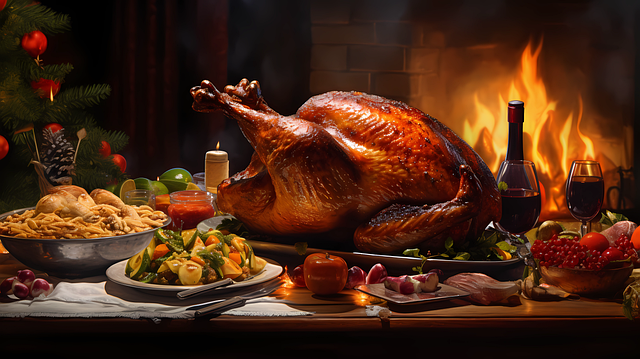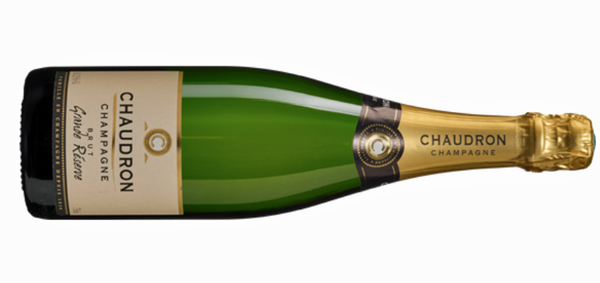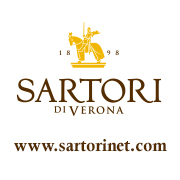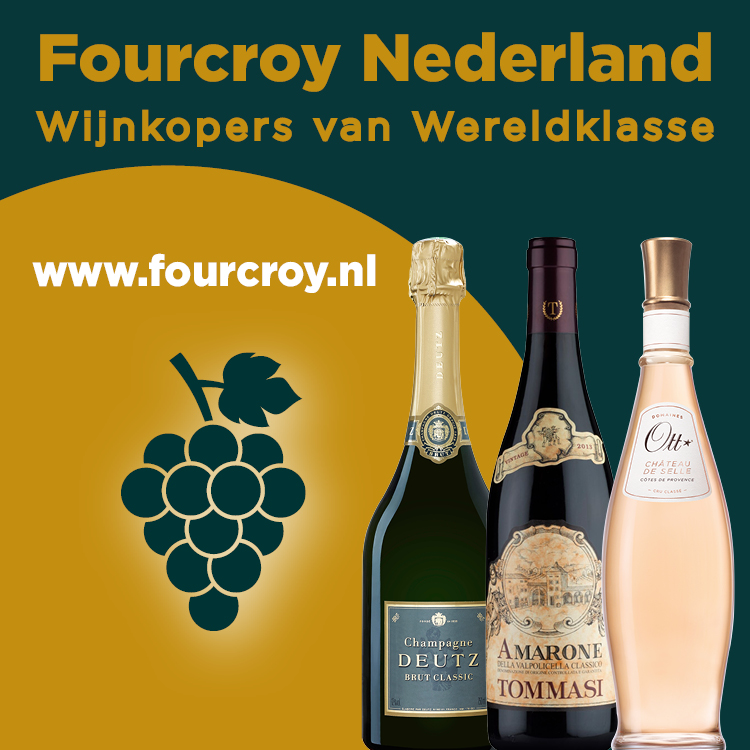Au naturel: lower-dosage Champagne?
door Michael Edwards
De Britse Champagneschrijver Michael Edwards bespreekt in het onderstaande artikel de consequenties van minder dosage voor de kwaliteit van champagne.
Conservative Champenois would have you believe that the current fashion for lower-dosage Champagnes has really been created to satisfy French, especially Parisian journalists – not consumers. The old guard are being a trifle disingenuous, implying that the taste for lower dosed cuvées is a recent fad outside the mainstream of classic Champagne. In truth, the first Ultra Brut of the modern age was released by Laurent-Perrier in 1981 as a tribute to the first sugarless Champagnes L-P had made, one hundred years earlier, to satisfy late Victorian London’s taste for the bone-dry.
How dry is dry today?
‘Brut’, the most commercially important category of Champagne is a broad church: the dosage for this universal ‘dry’ style can in fact have anything between 0 and 15 grams of sugar per litre (g/l), giving producers considerable wriggle room in creating their distinctive house style. ‘Extra-Brut’ is a very dry style, the dosage generally 3 -4 g/l, a type increasingly popular among fine, smaller producers. ‘Ultra Brut/ Brut Nature/ Brut Zéro’ is the most uncompromising category, officially bone-dry without dosage, though the odd gram or two of residual sugar is tolerated.
The global trend towards less sugar in Champagne is certainly due in part to kinder weather. Even Climate Change sceptics cannot deny that since 1990, harvests have progressively begun two to three weeks earlier than in the ‘seventies and ‘eighties – in better tended, eco-friendly vineyards, under warmer autumnal skies. The result is riper, more complex fruit, which in the best years can benefit from the sustaining effect of controlled aeration in oak, with less reliance on the cosmetic of a conventional dosage at, say, 10 – 12 g/l. This hand-made approach to winemaking – Burgundy comes to Champagne, if you like – is very much an artisan’s craft, the world of the vigneron- winemaker and bijou house attached to their corner of God’s small acre and its most natural expression in the glass. These generally Extra-Brut and just occasionally Brut Zéro cuvees are and will remain niche products for connaisseurs.
Yet, looking at the big picture, these artisan Champagnes are even more important for what they represent: as drivers of the general trend to lower dosages in Brut NVs across the industry. The question is: has this downward movement allowed the Champenois to reach a satisfactory balance, and if so, at what level? There is, no surprise, every opinion on the subject.
A spoonful of sugar?
Science is a good counsellor. Sugar as part of the dosage is an activator of a Champagne’s aromas, allowing them to exhale and fill the glass. This is not to say that moderately dosed Champagnes cannot show fine scents and flavours. As Philippe Thieffry, senior winemaker at Veuve Clicquot says, ‘if the Champagne has a moderate dosage – 6 to 8 g/l, and is well protected by SO2 it will release the same bouquet as one traditionally dosed at 10 to 12 grams; it will not suffer oxidation. The difference in sugar is not significant; it won’t affect either the evolution or the taste profile of the Champagne.’
Yet, when creating an Extra-Brut or Nature Cuvée, problems can arise; these can be particularly acute for the grandes maisons needing to produce adequate volume. At Louis Roederer, wine supremo and vice-president Jean-Baptiste Lécaillon takes an interesting stance on bone-dry Champagnes. ‘For Brut Nature, I am cautious, especially because we have been working, for four years now, on one that should be released fairly shortly. It is a completely ‘unknown’ world for us and we continue with many trials. In the past, we have learned at Roederer that below 6-8 g/l dosage, you reach an oxidative stage that quickly changes the fruit and aromas of the wine. Below that point, we found our wines lack the aromatic freshness we are looking for…..my fears are more on maintaining the Roederer ‘Signature’ than on the ageing capability of the wine itself, about which I have no position today.’ One thing is clear. You are more likely to make a successful Extra Brut/ Nature Champagne, if you compose a completely different assemblage of superior wines, with a kinder fruit profile than one for a straight Brut cuvée: there’s much more involved than mechanically adjusting the dosage of one base blend – fruit from sunny riper years and small plots of old low-yielding vines for grapes of greater natural sugar levels and intensity of flavor, these are the motors of successful Extra Brut cuvées. These micro-driven requirements obviously suit the small top Champagne growers best, with their now easier access to niche Champagne markets in restaurants worldwide. As one of these young star growers in the van of Extra-Brut, Emmanuel Fourny of Veuve Fourny in Vertus explains, ‘in our grandfather’s time, we quite often didn’t begin the harvest before the beginning of October, and even then only reached a meagre level of 7 – 8◦ natural alcohol: now we regularly exceed 11◦- these richer wines are less easy for the big houses to blend but give us greater freedom as grower-winemakers to lower the dosage. Also minerality and character is best expressed in Champagne when the grapes are truly ripe, not as some think as an extension of acidity.’
A surprising but coherent alternative view comes from Masaaki Tsukahara, of Tokyo importers Les Racines, specializing in growers’ champagnes, burgundies and fine Italians. He admits that his personal taste is not that of most popular Japanese. “It is true,” he says, “that lower dosage is a current fashion in the Japanese Champagne market, but we are not really followers of this superficial trend. Lower dosage needs exceptionally high quality base wines and we think that only a few récoltant-manipulants’ wines are fit for the category, especially Ultra Brut and Non-Dosé cuvées.” Generally speaking, Tsukahara believes that the big houses of Champagne don’t have enough of the requirements for lower-dosage. He does though think that Japenese cooking- Sushi, Tempura, Teriyaki – eminently suit Champagne, but he likes to take those rare finer, lower dosage growers’ Champagnes to the restaurant because most places stock the big names overwhelmingly. Tsukahara concludes that “sophistication is an important key word in lower dosage Champagne and good Japanese food respectively.”
One of the truly exceptional grandes maisons tells another story, still. For François Domi, the very talented chef de caves at Billecart-Salmon, the question of dosage isall or nothing: for much of the Billecart Brut range, the level is a moderate eight to nine grams of added sugar; but his new Brut sans dosage has none, apart from a trace of residual: it is a remarkable Champagne – the base wine is the ripe 2006, the colour burnished gold; the flavours are miraculously unctuous but not cloying, with aspects of patisserie, especially mirabelle tart – a wine to drink in an armchair before dinner at the end of a hard day. ‘I greatly prefer this ‘Nature’ style to the intermediate Extra Brut, which can have flat aromas, bizarrely as if the wine had been acidified.’ And in his outstanding Clos St Hilaire 1998, a hundred per cent Pinot Noir from very old vines planted behind the house in 1964, Domi bravely has decided to release it as a Brut Nature; he had tried adding a mild dosage first but found it much less good than the unsugared version. The moral of the tale is that with all fine wine, it’s unwise to generalize. Observe and adapt your methods accordingly. And as a footnote, I’m told on good authority that Benoit Gouez, the wine maestro of Moët told a conference recently that the dosage of the market-leading Brut Impérial is to be reduced from 12 to 9 g/l. Now that surely is a wise level that the winemakers of Champagne can broadly agree about. Watch this space.
Michael Edwards (vermaard Britse wijn- en champagneschrijver, diverse malen bekroond)
Published in the Champagne Report of THE DRINKS BUSINESS magazine, March 2011.

